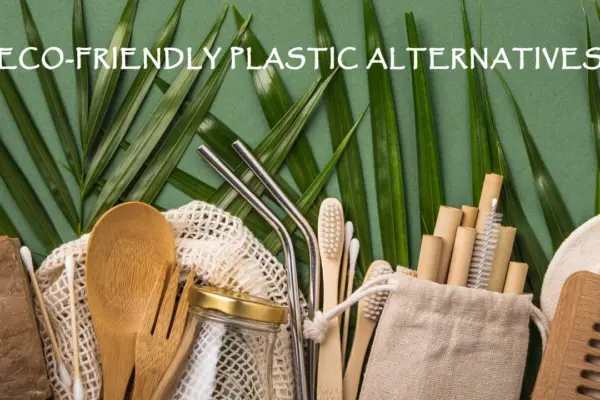Indonesian Researchers to Use Sonic Waves to Clean Ocean Microplastics
A filter-free method harnesses sound waves to separate harmful plastics, no matter how small, from seawater, paving a new way to plastic cleanup
Microplastics have become a huge environmental issue that are hard to separate from an ecosystem. As they are incredibly tiny in size and hard to see with the naked eye, it is almost impossible to clean these plastic particles. While expensive filters remove tiny plastic particles from water, researchers in Indonesia have found a way to use sonic waves to clean ocean microplastics.
Dhany Arifianto, an engineer at the Institut Teknologi Sepuluh Nopember in Surabaya, Indonesia, said that the system works by passing contaminated water through a pipe, while underwear speakers make the pipe vibrate to isolate contaminants from water. When the polluted water goes through the pipe, the series of pressure waves will force the plastic into the center of the pipe, which can then be removed.
Microplastics are tiny fragments of plastic that are created when larger garbage pieces degrade. The US National Oceanic and Atmospheric Administration classify them as plastic particles that are smaller than five millimeters in length.
Unfortunately, microplastics don’t stay micro, they get broken down into nano size. When they break down to even smaller sizes, these particles can lodge in the tissues of animals that ingest them, causing various issues and death.

Representational Image | Image: Ecotextile News
Researchers used two speakers to create the acoustic waves and the pressure generated was able to separate the microplastics from the water by creating force on a tube of inflowing water. The tube was split into three channels; the microplastic particles were pressed towards the center and the clean water kept flowing towards the two channels on either side. The prototyped device cleaned about 150 liters of polluted water per hour and was tested filtering three different microplastics.
Arifianto’s sound-based cleanup process is still in its early stages, but lab tests were able to filter out nylon pieces up to 99 percent and other microplastics to an adeptness of up to 95 percent. However, these results are for freshwater. The research team has only achieved 58 percent efficiency for seawater to date.
Also Read: Plastic, Chemical Pollution Threatening Aquatic Species and Food Chain
Although the figures may not sound like much, the process can still help clean up the ocean. Arifianto envisions a range of sonic scrubbers deployed across the narrow straits between his country’s main islands, where the currents circulating between the Pacific and Indian oceans offer perfect locations to intercepts microplastics.
These sonic pipes can be powered by solar cells, wave energy, or a developing option of the temperature gradient from the top to the bottom of their cables. Inspired by the Clean Ocean Project, which put a net in the Pacific to catch ocean plastic, the mission aims to catch the tiny plastic particles that can easily escape from nets.
While it sounds all impressive and innovative, the sonic technology used for this cleanup could adversely affect marine life. Moreover, the effectiveness of this new process still remains somewhat moderate. If it could remove up to 90 percent of microplastics in one go from the seawater, perhaps, then it will be a huge breakthrough. As for now, the project does look promising and only further progress will determine its success.
Via: Cosmos Magazine


